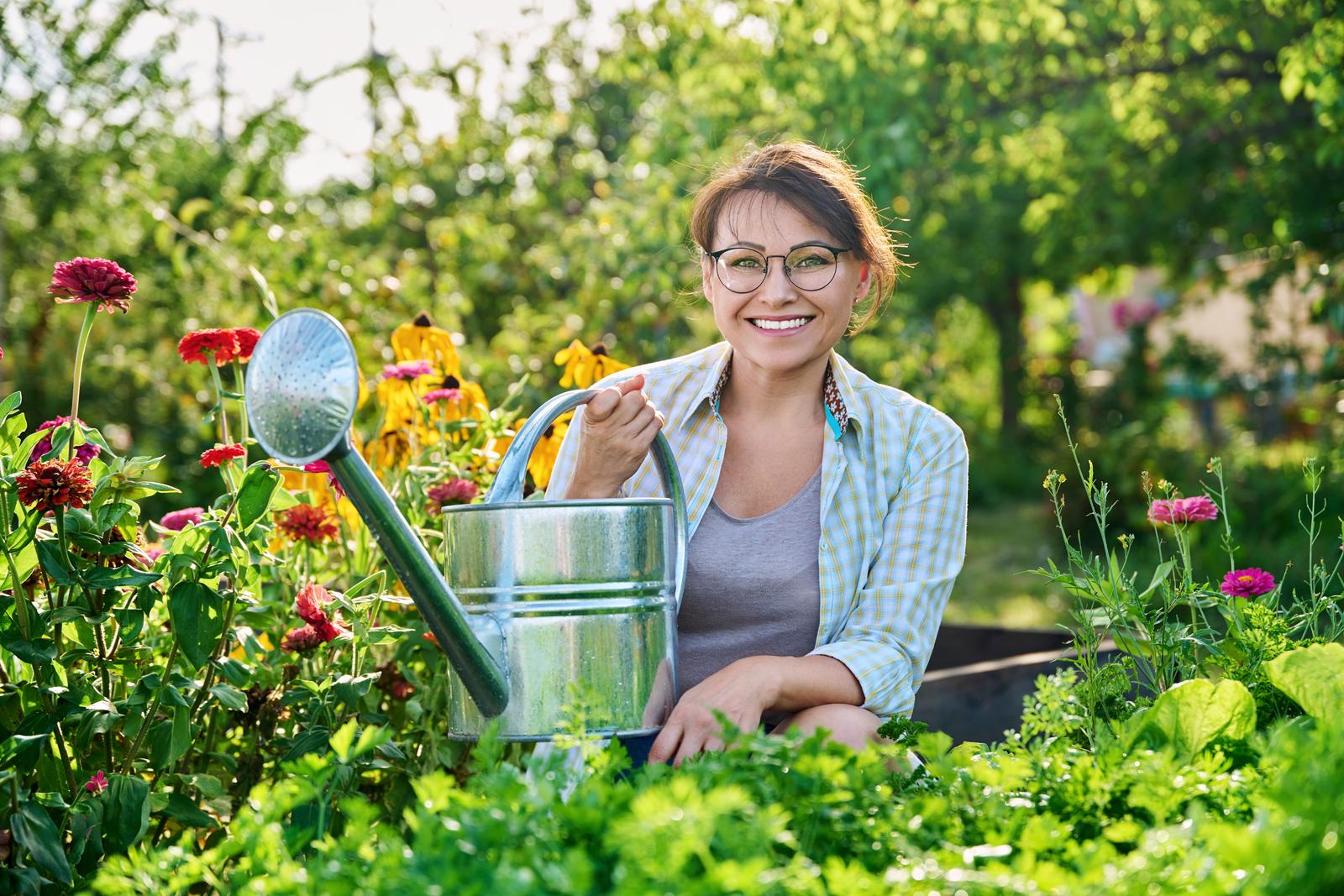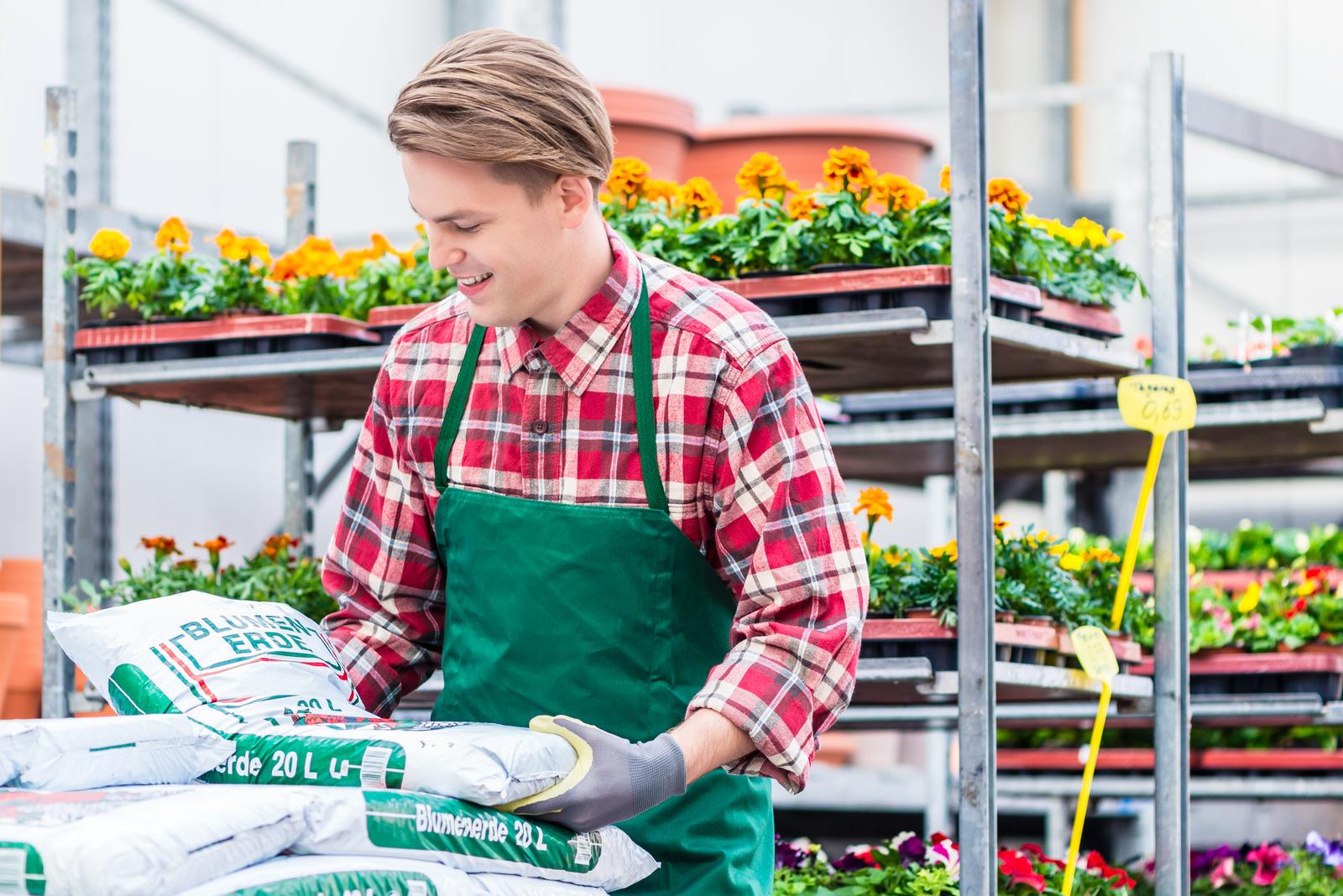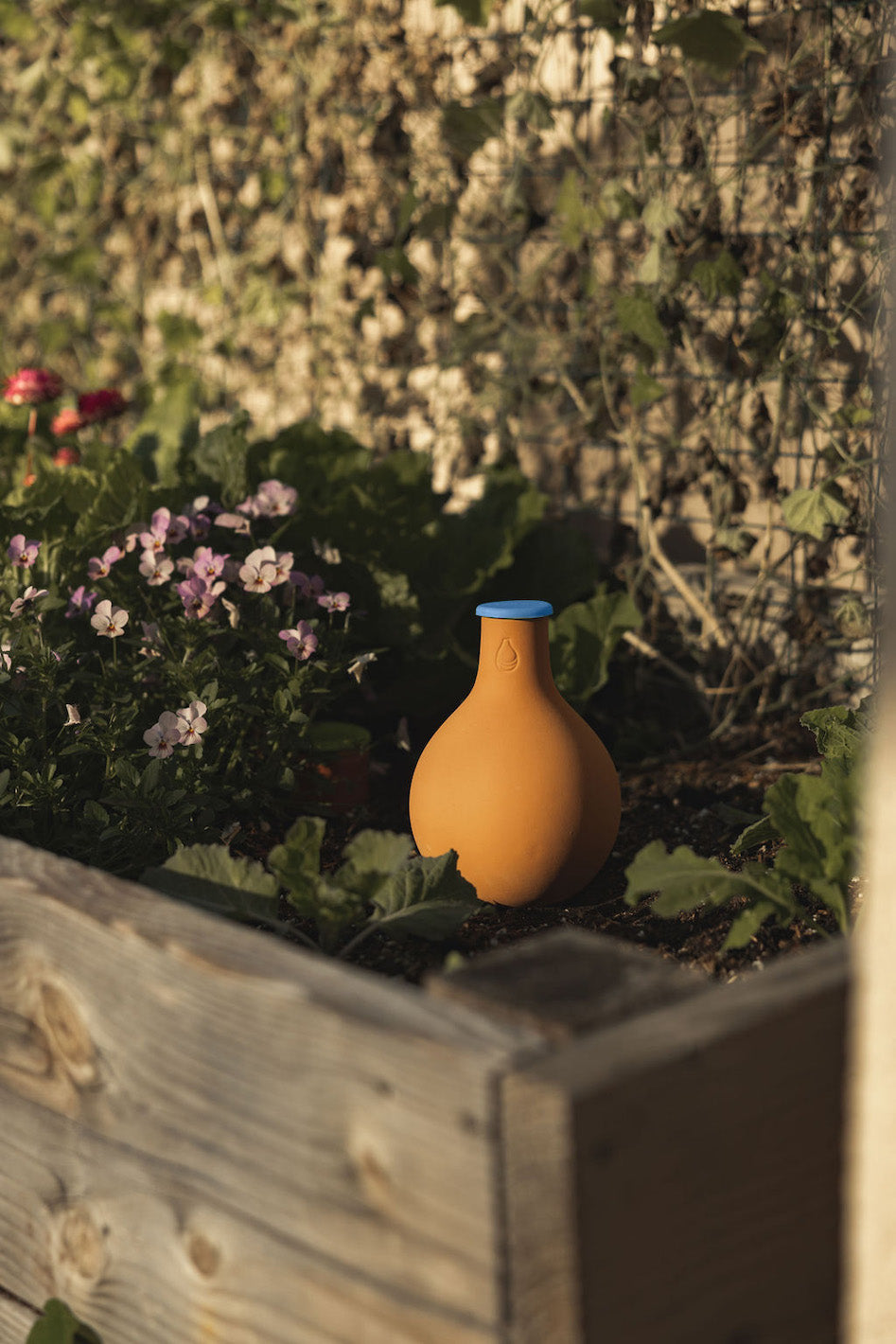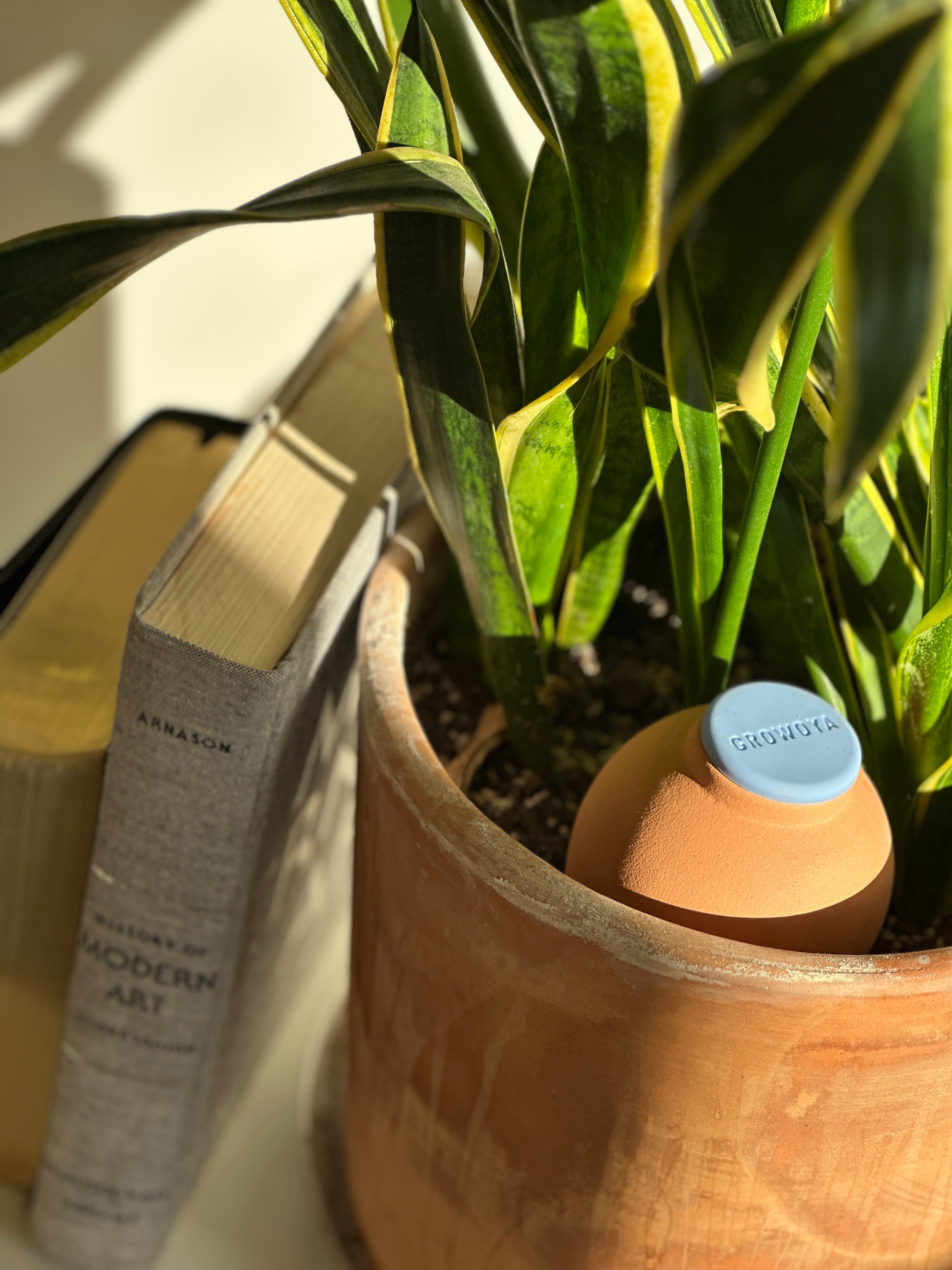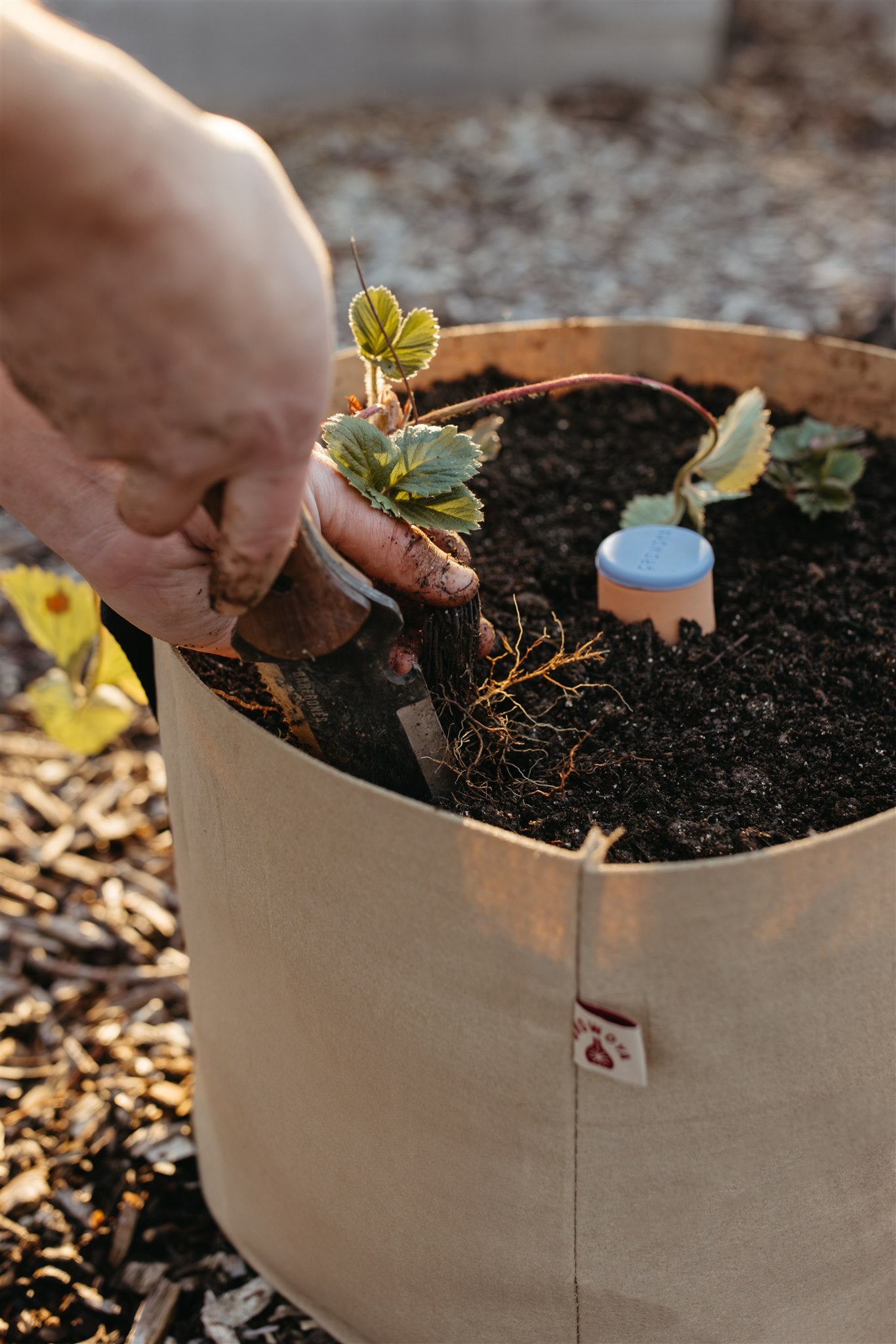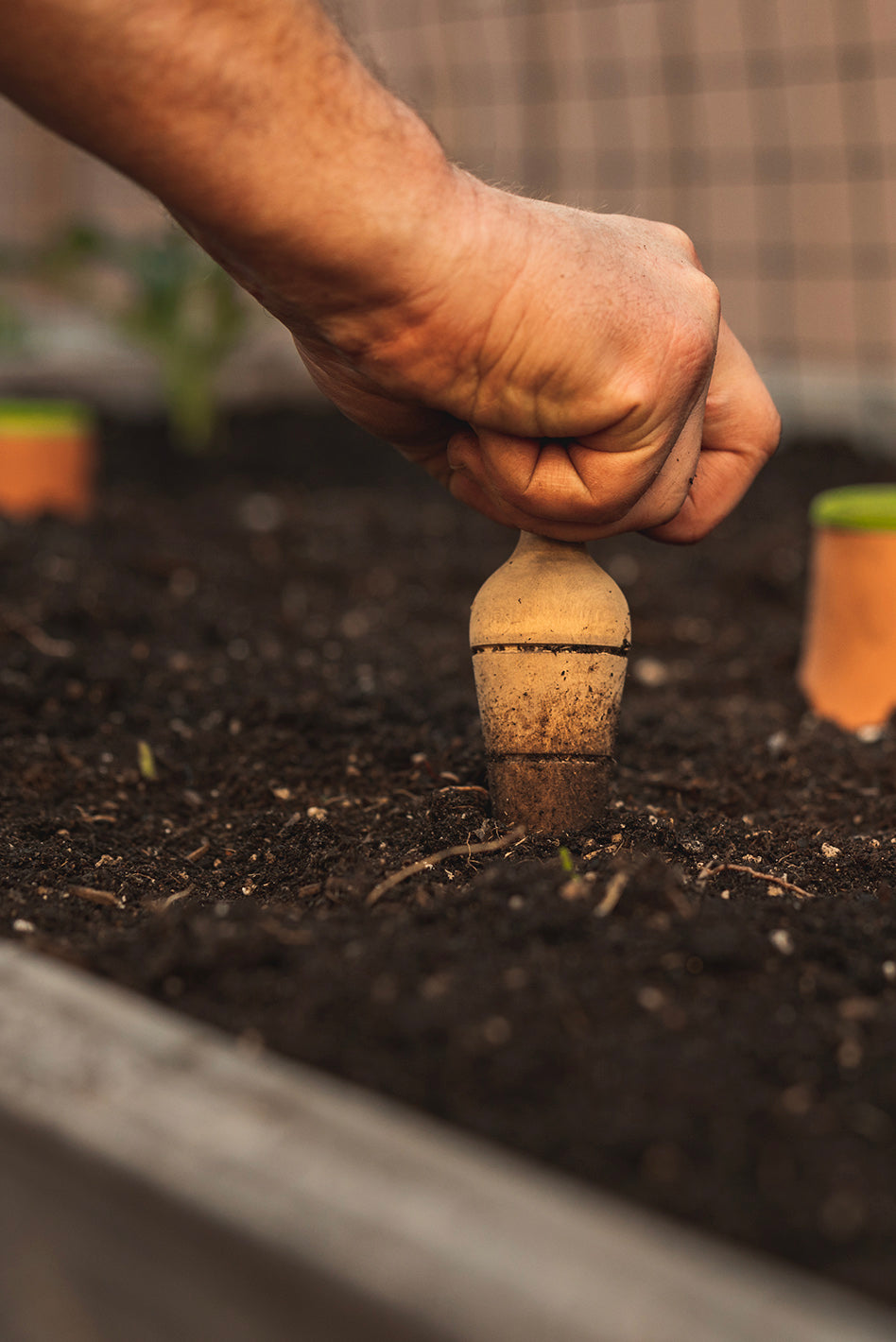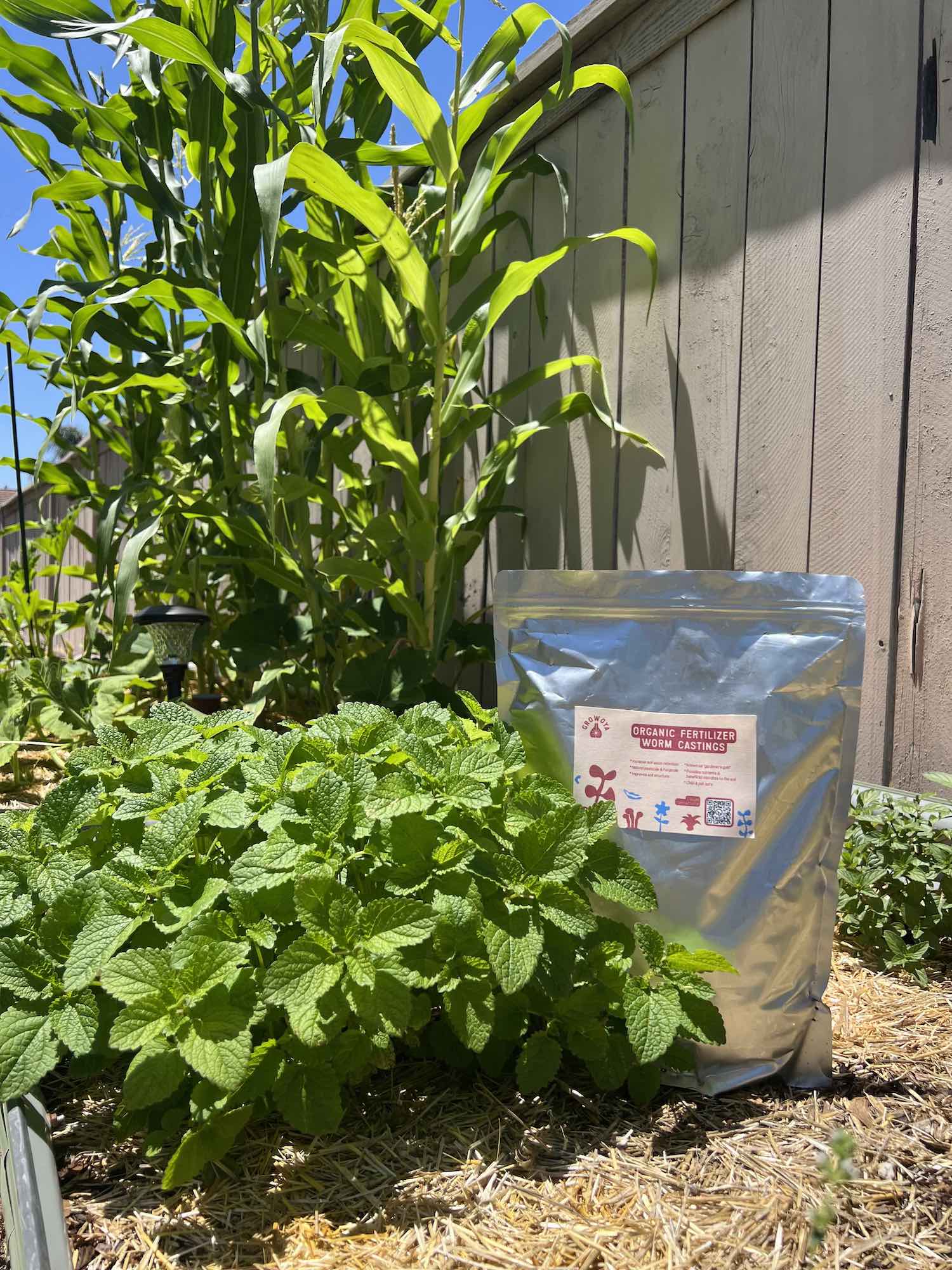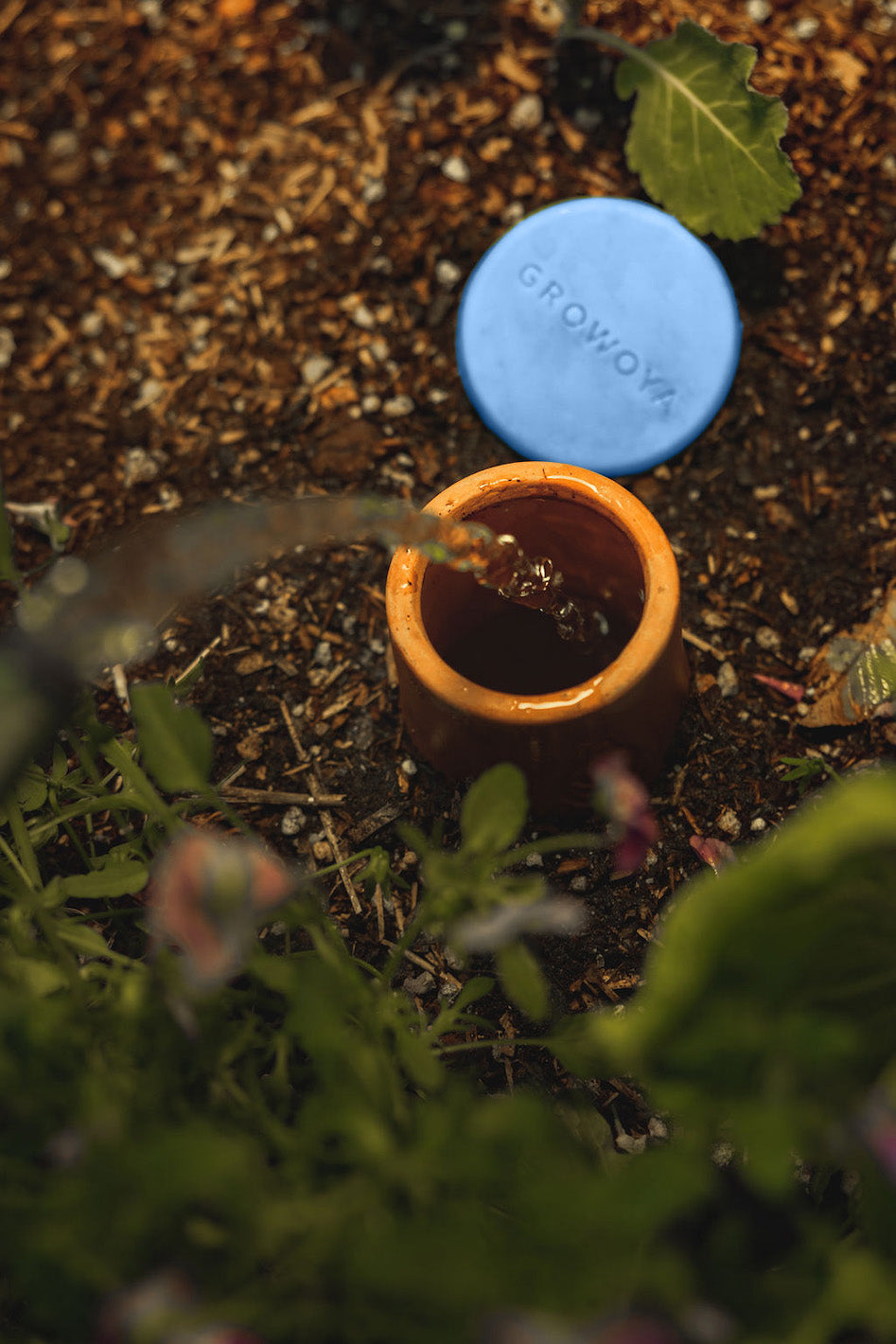Do you feel like you're always rushing to water your plants? Well, there is a way to ensure they get the water they need without worrying about it. By creating a plant watering schedule, you can make sure your plants are hydrated properly and don't suffer from a lack of water. Plus, it's effortless to do! Keep reading for instructions on how to create your own plant watering schedule and effective plant care tips.
How to Make a Watering Schedule
Creating a watering schedule is essential in plant care. It is easy and will help keep your house plants healthy and lush. Think of it as your plant care tracker. Just follow these simple steps:
1. Choose which plants you want to include on the schedule.
If you are a home gardener or a plant lover, it is important to know your plants. This includes knowing how much water they need and when they need it. If you have lots of plants, it might be helpful to group them by types like succulents, cacti, houseplants, vines, vegetables, flowering plants, etc. It is also a good idea to group them by the frequency of watering they need. For example, you can group the plants that need to be watered once a week while those that need to be watered more or less can be separated into different batches. You can also set a different schedule for watering outdoor plants from indoor plants, and larger plants from small ones.
This way, you can water plants together by batch and save on your water bill at the same time. There are so many ways you can organize your plant watering schedule. Just do what is convenient for you. Organization is the key here!
2. Decide how often you want to water each plant.
This will need some research if you don't know some of your plants well. As a plant lover, you should know when to water your plants. But there are just some plants that are more challenging to take care of. Some online research regarding their moisture requirements will do or you can ask your local experts. When you buy new plants, don’t forget to ask for care instructions and take notes. You can use this information when making your watering calendar to make sure you are a responsible plant parent.
The frequency of watering usually depends on factors like plant size, plant type, soil quality, access to sunlight, and location. Once you have that figured out, it is easier to organize your watering schedule and establish a good plant care routine.
3. Write down the watering schedule.
Write down the watering schedule of each plant or batches of plants on a piece of paper or in a digital document. Set a calendar, an alarm even! Be sure to include the date, time, and frequency for each plant. You can even label your garden beds, planters, and pots with your plants’ watering requirements.
A plant watering planner will make your job easier and your plants will thank you for it!
4. Hang the schedule up in a place where you'll see it often.
Place your watering calendar where you can see it and be reminded often. If you have your schedule set on your phone, make sure you set alarms and reminders so you won't miss a date. You can also design it so you can put checkmarks or comments on the schedule like putting the date when you last watered the plant, some notes on their growth, and other observations. Make it a plant watering schedule log if you will!
Setting a calendar will make your gardening life easier and your plants healthier. After all, that’s what calendars are for!
What is a Regular Watering Schedule for Plants?
A regular watering schedule for plants is typically every 2-3 days. This may vary depending on the type of plant, its location, and the size of the pot. Some plants will need watering once a week while others will require less. This is why it is important to set a weekly plant watering schedule. If you have many plants, it is easy to forget and just water them all at the same time. This can lead to many problems even plant death.
The biggest reason plant lovers end up with dead plants is watering. You either underwater or overdo it. Labeling your plants with watering instructions is a smart idea especially when you are a beginner. It will help you meet the demands of plants for moisture and nutrition. Eventually, you won't need it as you get to know your plants more. Mark their planters, hang a waterproof note on their branches, or stick a marker on the soil. There are many ways to do it for potted plants and garden beds in your home.
What If I Forget to Water My Plants?
If you forget to water your plants, don't worry! Just water them as soon as you remember. They will be fine if you don’t make it a habit. Just jump right back on schedule after missing a date.
Typically, house plants can survive up to 7 days without water. Depending on the type of plant and maturity, they can last longer. Tropical house plants can last 2 to 3 weeks without water while succulents and cacti can last up to 3 months. Larger plants and trees may survive longer if they are placed outdoors.
Forgetting to water your plants is not harmful as long as you don’t neglect them completely. Except for a few, we all have forgotten to water our plants once or twice.
If you are busy and don't have the time to stick to the scheduled upkeep, you can use our GrowOya watering pots. These pots are great for people who tend to forget to water their plants even with a plant calendar. The pots have a reservoir. The plants’ roots attach themselves to the outside of the vessel so they only take in what they need. This protects the plants against over or underwatering. You just have to refill the water on the Oya pots once or twice a week and you are set to go!
GrowOya pots are great not just to make sure they get enough moisture they need but also to avoid underwatering or overwatering. It is a hassle-free way to keep your plants healthy and happy!
What If I'm Going on Vacation?
If you're going on vacation, there are a few options for keeping your plants watered. You can ask a friend or neighbor to water them for you or purchase watering pots or an automatic watering system. These systems can be programmed to water your plants on a schedule, so you don't have to worry about them while you're away.
Again, this is why GrowOya watering pots are great. You can leave for days without worrying about your plants because you have your nifty pots feeding them regularly.
If you're going on a long vacation for a month or two, getting an automatic watering system is your best option. This system can be programmed to water your plants on a schedule, so you don't have to worry about them while you're away. This system uses tubes buried about 6 inches deep into the soil near your plants and water emitters that will release water at specific intervals. An automated watering system can be set to sprinkle water at certain times or as drip irrigation. It is an automated system that will ensure that your plants get enough water without you around.
What is a Good Rule for Watering Plants?
A good rule of thumb for watering plants is to water deeply, but less often. Although watering on the soil surface is fine, deep watering works better because it encourages the roots to grow deep into the soil, where they can access more water. Watering deeply also helps prevent problems with drought and makes your plants more resistant to pests and diseases. It also discourages weed growth.
Remember, the type of soil affects how and how often you should water your plants. Garden Soil absorbs water quickly but also drains very well. Clay soil and the common soil type on the other hand take time to absorb water and tend to get flooded easily.
GrowOya watering pots can help you with deep watering. Oya pots are buried neck-deep into the soil near the plants so they don't have any competition like weeds for getting moisture.
With GrowOya pots, you don’t need to set a schedule for watering, just a weekly schedule for refilling the pots with water. It is very convenient.
Conclusion
Creating a watering schedule is an easy way to make sure your plants are getting the hydration they need. By following the steps above, you can create a schedule that works for you and your plants. If you're a plant lover, you know that taking care of your plants is important. Watering them regularly is key to keeping them healthy. So what are you waiting for? Be a responsible plant parent and get started today!


